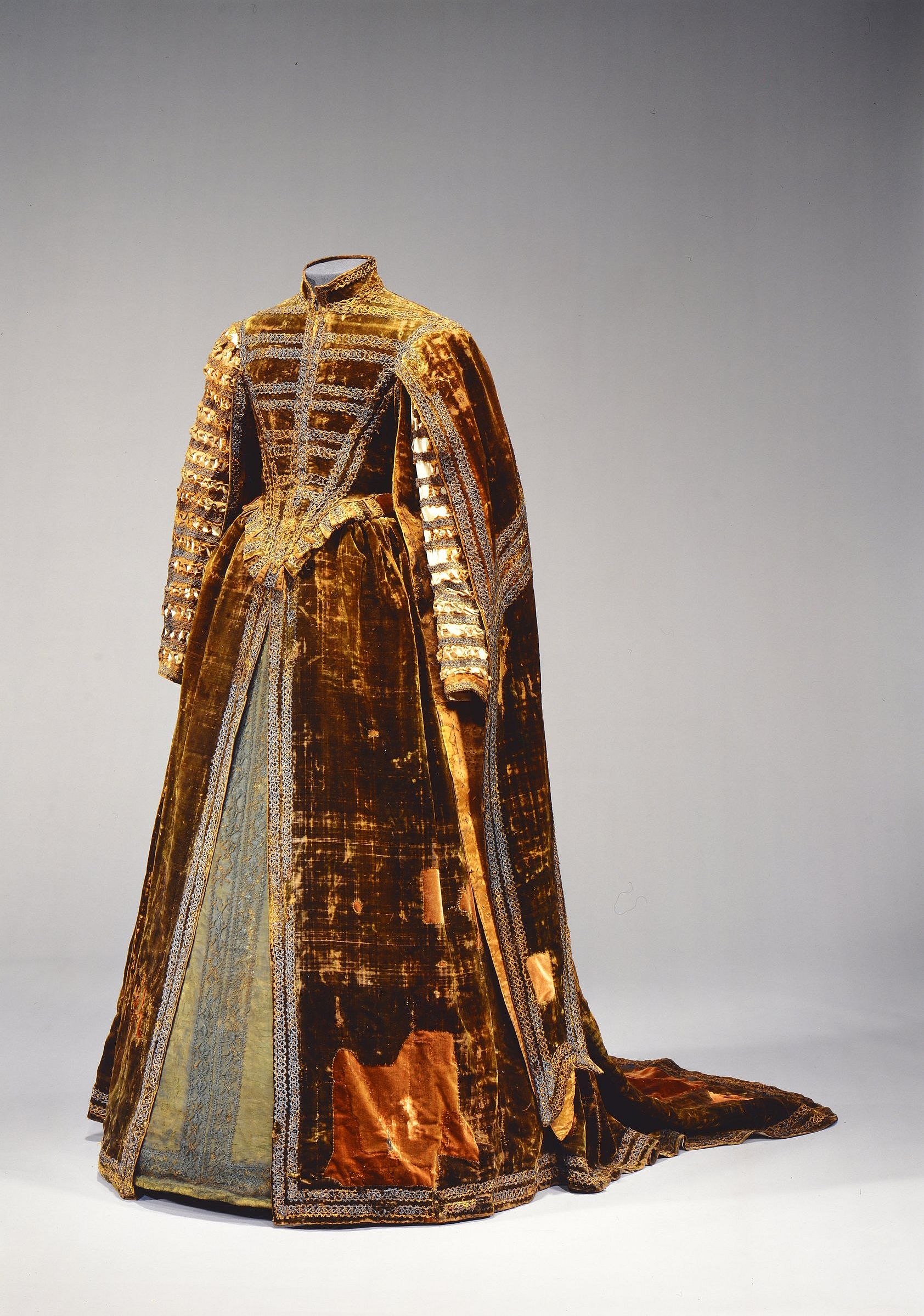To make a Sallet of all kinde of hearbes, from The Good Huswifes Jewell (1587):
Take your hearbes and picke them very fine into faire water, and picke your flo∣wers by them selues, and wash them all cleane, and swing them in a strainer, and whē you put them into a dish, mingle them with Cowcumbers or Lemmons payred and sliced, and scrape Suger, and put in vineger and Oyle, and throw the flowers on the top of the Sallet, and of euery sorte of the aforesaid things, and garnish the dish about with the foresaide thinges, and hard Egges boyled and laide about the dish and vpon the Sallet.
So, which are these "all kinde of hearbes?" In the contemporary A Book of Cookrye (1591), the only salad recipe is a boiled salad of spinach (with a sauce of currants, sugar, and vinegar). The earlier Forme of Cury (c.1390) gives a "salat" that truly features all kinds of herbs:
Take persel, sawge, garlec, chibolles, oynouns, leek, borage, myntes, porrectes [porrets], fenel and ton tressis [cresses], rew, rosemarye, purslarye [purslain], laue and waische hem clene, pike hem, pluk hem small wiþ þyn honde and myng hem wel with rawe oile. lay on vynegur and salt, and serue it forth.
In a more modern spelling, I read this as
Take parlsey, sage, garlic, chibolles [spring onions], onions, leeks, borage, mint, porret [scallions, young leeks, or small onions], fennel, cresses, rue, rosemary, purslane. Lave [rinse] and wash them clean, pick them, pluck them small within hand and mingle well with raw oil. Lay on vinegar and salt, and serve it forth.
Meanwhile, Eleanor Fettisplace's Receipt Book (edited by Hilary Spurling, started c.1604) apparently mentions salads of lettuce, radish, cress, and 'other greens' interspersed with olives, currants, nuts, and decorated with flowers. None of these recipes made the printed addition in full.
Being limited by what was available in the garden, I had to use a purchased spinach/baby lettuce combination as the bulk of the greens, supplemented by curly cress (lots in the garden already), roquet/arugula, parsley (doing well in the container garden), sage (ditto), mint (likewise), and green onions (also coming along in the garden). I technically could have grabbed some leeks and borage as well, but I didn't like how either of them looked in the necessary interval between when I picked them and when I started assembling the salad--and I simply forgot to pick any rosemary. I opted for the cucumber over the lemon (this being for an event, and feeling that cucumbers require less of an explanation), and did remember to grab some chive flowers to decorate the sallet.
 |
| Sallet of all kinde of hearbes, after a recipe of c.1587. |
Per the instructions, I washed and drained all the vegetables, then sliced the cucumbers and tore up all the leafy greens. Mounding the greens on a plate, I set the cucumber slices over them, and poured white wine vinegar and olive oil over the whole thing. I finished it the sallet by setting slices of three hard-boiled eggs around the edges and putting the chive flowers on top.
Overall the salad was fine, I just found it really bland. In many respects, it's not that different from my usual Victorian salads, so I think the main issue is the dressing not having that extra zip of mustard and cayenne. It might also just have been too cool of a day for salad to really be appealing. I was worried about the more pungent herbs, and the sheer number of onion variations called for, but it ended up not being a huge deal. The few bits of green onion I included went very nicely with the egg and cucumber, while the sage wasn't bad, and even the mint worked better than I feared. I'm not sure this will hold true for a salad with more mint and onion all together, but in small amounts, it sort of worked. I'd definitely inflict this one on other people in the name of historical accuracy (it's weird, but not awful).
I did forget the sugar, but otherwise feel pretty good about the accuracy of this salad. For one thing, I think there's room to interpret "all kinde of hearbes" as 'this recipe can be many with any kind of green salad vegetables' as much as it can be read as 'this recipe requires as many different vegetables as possible,' and in that case, not including every plant isn't a failure. Furthermore, the herb list I used was a good 200 years older than the salad recipe itself, so while I think it was a potentially useful suggestion, I don't think it's a binding matter of accuracy to includes all of them in this one specific recipe. I think there's room to argue that the cucumbers should be mixed into the greens instead of laid on top, so I might try that instead next time, though I like the look of the cucumbers on top.










.jpg)












